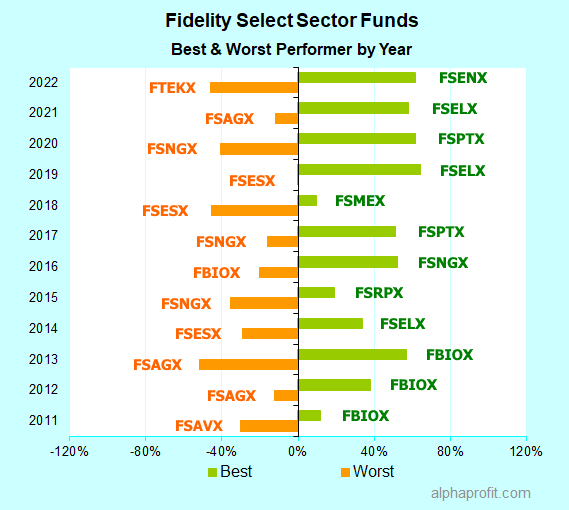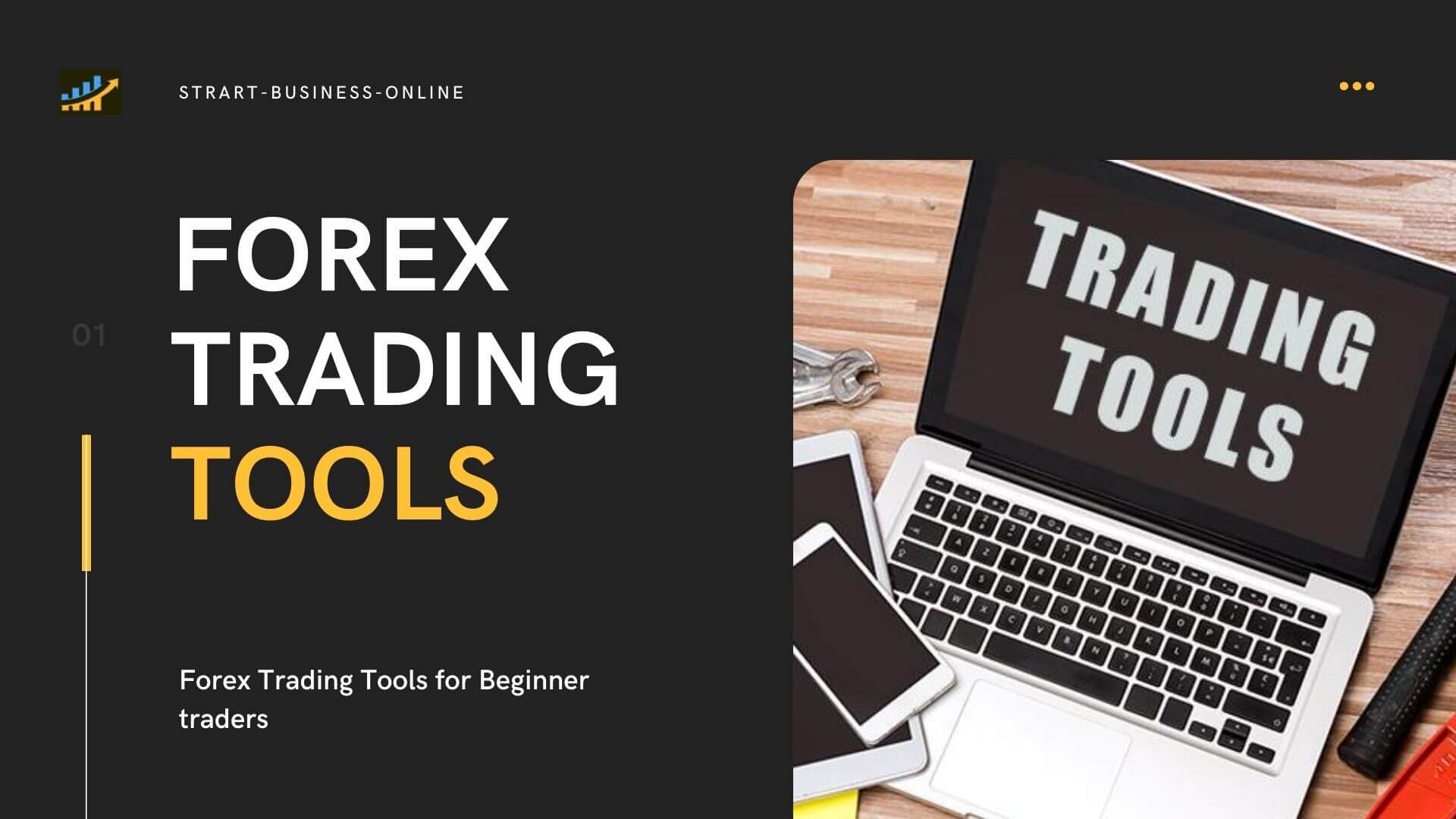
The right time frame for trading can help you better forecast the market's direction. This could also help increase the profitability of your trading strategy. You may also want to consider incorporating multiple time frames into your trading process.
There are many timeframe charts that can be used for forex trading. Most traders prefer to use a 1 minute and a 5 minute time frame. These charts allow traders to see the price activity of specific currency pairs more clearly. To assess the trade potential, traders can use longer timeframes. The more time you spend on a currency pair, then the better the picture.

The market is active seven days a săptămână, 24 hours a year. Different trading sessions can have different market characteristics. For example, a day trading session requires that you have tighter stop levels, and a longer trading session requires that you have a bigger picture. Combining the two can be a good idea. You need to analyze the market thoroughly and determine the best trading time. This will assist you in making better decisions.
A trader using a 15-minute timeframe might see a trend turning, while a trader using a 1-hour timeframe might not. A trader that has a longer timeframe might see a bullish picture. But a trader that only has 5 minutes might not. Switching between time frames can give you a better view of the trends and sentiment in a market. This could be helpful in deciding when to exit or enter a trade.
Your trading style, market speed and financial goals will determine the best time frame. Day traders who want to trade often will trade in a shorter timeframe. If a day trader wants to only trade when the market trend is strong, they will need to trade with a shorter time frame. The shorter time frame is best for day traders. Long-term traders may want to trade over a longer period of time to get the full picture on a currency pair.
It is also possible to spot larger trends within the market by adjusting your timeframe. A trader with a 4-hour trading window may be able, for instance, to see the last break on an upfractal on his chart. This would indicate that the market has moved in the right direction. A trader who uses a 4-hour timeframe will need to wait for the market's movement before he can open a trade. A trader using a 1-hour time frame can enter a trade quickly, but he will have to wait a few hours before he can exit a trade.

Multiple time frames are beneficial but can lead to confusion. One trader might use a four-hour chart to look for trends and another hourly chart to enter trades. This could result in trader missing out on potential trades.
FAQ
How are share prices set?
Investors decide the share price. They are looking to return their investment. They want to make money from the company. They purchase shares at a specific price. Investors make more profit if the share price rises. If the share price goes down, the investor will lose money.
The main aim of an investor is to make as much money as possible. They invest in companies to achieve this goal. It helps them to earn lots of money.
Is stock a security that can be traded?
Stock is an investment vehicle that allows you to buy company shares to make money. This is done through a brokerage that sells stocks and bonds.
You can also invest in mutual funds or individual stocks. There are over 50,000 mutual funds options.
The difference between these two options is how you make your money. Direct investments are income earned from dividends paid to the company. Stock trading involves actually trading stocks and bonds in order for profits.
Both cases mean that you are buying ownership of a company or business. However, when you own a piece of a company, you become a shareholder and receive dividends based on how much the company earns.
Stock trading offers two options: you can short-sell (borrow) shares of stock to try and get a lower price or you can stay long-term with the shares in hopes that the value will increase.
There are three types stock trades: put, call and exchange-traded funds. You can buy or sell stock at a specific price and within a certain time frame with call and put options. ETFs, which track a collection of stocks, are very similar to mutual funds.
Stock trading is very popular because it allows investors to participate in the growth of a company without having to manage day-to-day operations.
Stock trading is not easy. It requires careful planning and research. But it can yield great returns. To pursue this career, you will need to be familiar with the basics in finance, accounting, economics, and other financial concepts.
What is the difference?
Brokers are specialists in the sale and purchase of stocks and other securities for individuals and companies. They manage all paperwork.
Financial advisors are experts in the field of personal finances. They use their expertise to help clients plan for retirement, prepare for emergencies, and achieve financial goals.
Financial advisors can be employed by banks, financial companies, and other institutions. You can also find them working independently as professionals who charge a fee.
Consider taking courses in marketing, accounting, or finance to begin a career as a financial advisor. It is also important to understand the various types of investments that are available.
How does Inflation affect the Stock Market?
Inflation can affect the stock market because investors have to pay more dollars each year for goods or services. As prices rise, stocks fall. That's why you should always buy shares when they're cheap.
Statistics
- "If all of your money's in one stock, you could potentially lose 50% of it overnight," Moore says. (nerdwallet.com)
- The S&P 500 has grown about 10.5% per year since its establishment in the 1920s. (investopedia.com)
- Our focus on Main Street investors reflects the fact that American households own $38 trillion worth of equities, more than 59 percent of the U.S. equity market either directly or indirectly through mutual funds, retirement accounts, and other investments. (sec.gov)
- US resident who opens a new IBKR Pro individual or joint account receives a 0.25% rate reduction on margin loans. (nerdwallet.com)
External Links
How To
How to open an account for trading
It is important to open a brokerage accounts. There are many brokers that provide different services. There are some that charge fees, while others don't. Etrade is the most well-known brokerage.
After opening your account, decide the type you want. One of these options should be chosen:
-
Individual Retirement Accounts (IRAs).
-
Roth Individual Retirement Accounts
-
401(k)s
-
403(b)s
-
SIMPLE IRAs
-
SEP IRAs
-
SIMPLE SIMPLE401(k)s
Each option has different benefits. IRA accounts offer tax advantages, but they require more paperwork than the other options. Roth IRAs allow investors to deduct contributions from their taxable income but cannot be used as a source of funds for withdrawals. SIMPLE IRAs can be funded with employer matching funds. SEP IRAs work in the same way as SIMPLE IRAs. SIMPLE IRAs have a simple setup and are easy to maintain. They enable employees to contribute before taxes and allow employers to match their contributions.
Next, decide how much money to invest. This is known as your initial deposit. Most brokers will give you a range of deposits based on your desired return. A range of deposits could be offered, for example, $5,000-$10,000, depending on your rate of return. The lower end of the range represents a prudent approach, while those at the top represent a more risky approach.
After deciding on the type of account you want, you need to decide how much money you want to be invested. Each broker sets minimum amounts you can invest. These minimums can differ between brokers so it is important to confirm with each one.
After choosing the type account that suits your needs and the amount you are willing to invest, you can choose a broker. Before choosing a broker, you should consider these factors:
-
Fees - Be sure to understand and be reasonable with the fees. Many brokers will offer trades for free or rebates in order to hide their fees. However, some brokers charge more for your first trade. Be cautious of brokers who try to scam you into paying additional fees.
-
Customer service: Look out for customer service representatives with knowledge about the product and who can answer questions quickly.
-
Security - Make sure you choose a broker that offers security features such multi-signature technology, two-factor authentication, and other.
-
Mobile apps - Find out if your broker offers mobile apps to allow you to view your portfolio anywhere, anytime from your smartphone.
-
Social media presence - Check to see if they have a active social media account. If they don't, then it might be time to move on.
-
Technology - Does this broker use the most cutting-edge technology available? Is the trading platform user-friendly? Are there any glitches when using the system?
After choosing a broker you will need to sign up for an Account. While some brokers offer free trial, others will charge a small fee. After signing up, you will need to confirm email address, phone number and password. Next, you'll have to give personal information such your name, date and social security numbers. You will then need to prove your identity.
Once verified, your new brokerage firm will begin sending you emails. These emails will contain important information about the account. It is crucial that you read them carefully. The emails will tell you which assets you are allowed to buy or sell, the types and associated fees. Track any special promotions your broker sends. These may include contests or referral bonuses.
The next step is to open an online account. An online account can be opened through TradeStation or Interactive Brokers. These websites are excellent resources for beginners. To open an account, you will typically need to give your full name and address. You may also need to include your phone number, email address, and telephone number. After you submit this information, you will receive an activation code. This code will allow you to log in to your account and complete the process.
Now that you've opened an account, you can start investing!